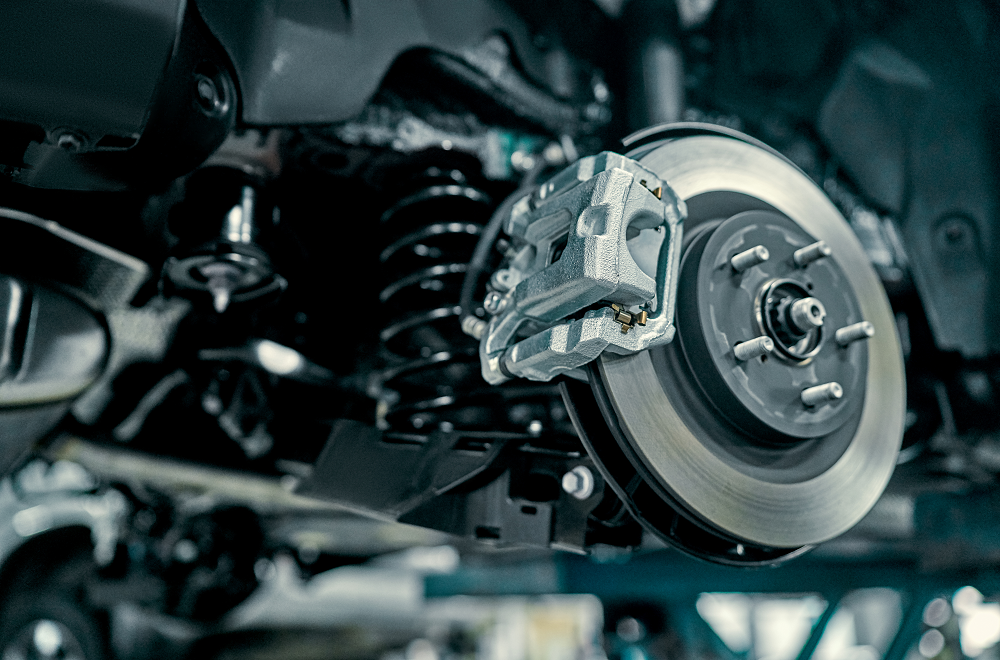Automotive manufacturing requires constant evolution — the latest of which includes meeting new fuel economy rules set by the Environmental Protection Agency (EPA). Vehicles produced through 2026 must reduce carbon emissions by 1.5 percent each year. While it may sound simple, meeting these standards will require significant design modifications. Meanwhile, consumer demand for electric vehicles and sustainable manufacturing is at an all-time high and growing.
To complicate matters further, manufacturers across industries are facing unprecedented skilled labor shortages and supply chain disruptions, largely caused by the COVID-19 pandemic. After a decline in 2020 global sales, demand for new vehicles is starting to return to pre-pandemic levels. On the other hand, there are still nearly 830,00 vacant manufacturing jobs, according to the Bureau of Labor Statistics.
For automakers to maintain a competitive advantage and control rising operating expenses, it’s time to look to coolant as a solution. Though cutting fluid makes up a small fraction of a manufacturer’s total costs — less than 1 percent on average — it has the potential to anchor the entire manufacturing budget.
More Complex Parts, Less Material
To meet tighter fuel economy standards, automakers are reducing weight in vehicles wherever possible. That’s what next-generation forming and stamping fluids — such as those in the WEDOLiT catalog — are designed for. WEDOLiT FN 4170-35, a stamping oil created for severe forming operations, allows steel and aluminum to form and reshape without defects into more complex, lightweight parts. The lower scrap rate also contributes to additional cost savings.
Eco-Friendly Formulations
Master Fluid Solutions released TRIM® HyperSol™ 888NXT in 2020, which marked their first biobased cutting fluid. Made with renewable, plant-based ingredients instead of petroleum, HyperSol mitigates fossil fuel consumption in manufacturing and reduces carbon emissions.
Despite HyperSol’s natural formulation, the fluid can perform better than conventional, petroleum-based coolants, even at a lower concentration. This reduction in coolant consumption translates to lower supply and disposal costs. Its exceptional sump life can reduce machine downtime, too.
In addition, HyperSol’s lubricity and cooling ability led to the creation of neo-synthetics, a new cutting fluid category that paves the way for future developments in high-performance, eco-friendly coolants.
Higher Throughput, Superior Quality
Cutting fluid impacts productivity by determining tool life, cutting speeds and feeds, and fluid sump life. Running machines at higher speeds allows manufacturers to produce more parts per hour, reducing the cost per unit. Manufacturers need a cutting fluid that can keep up and maximize tool life at these elevated parameters
Sustainably made coolants such as HyperSol and advanced synthetics like TRIM® C390 allow manufacturers to run machines faster without affecting finish quality or shortening tool life. In fact, a precision parts manufacturer improved tool life by 234 percent with HyperSol, while also increasing production speeds.
Accomplish Multiple Production Steps With One Fluid
Forming fluids and corrosion inhibitors are typically separate products, requiring numerous production steps. However, new forming fluids in the WEDOLiT catalog can eliminate the need for multiple products and steps by combining these capabilities into a single product.
Manufacturers can cut supply costs and increase productivity by consolidating their fluids into a single, versatile product like WEDOLiT N 22-3, a deep drawing agent and prelube, or WEDOLiT FN 8850-90, a cold drawing formula for steel that offers excellent corrosion protection.
As automotive manufacturers face the challenges of tomorrow, the technology needed to succeed is already available in the form of advanced cutting and forming fluids. To learn more about our solutions, call +1 800-537-3365 or email us at [email protected].

